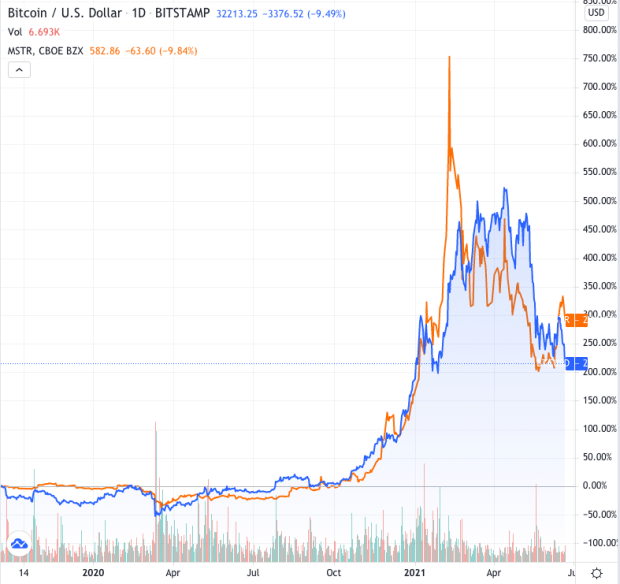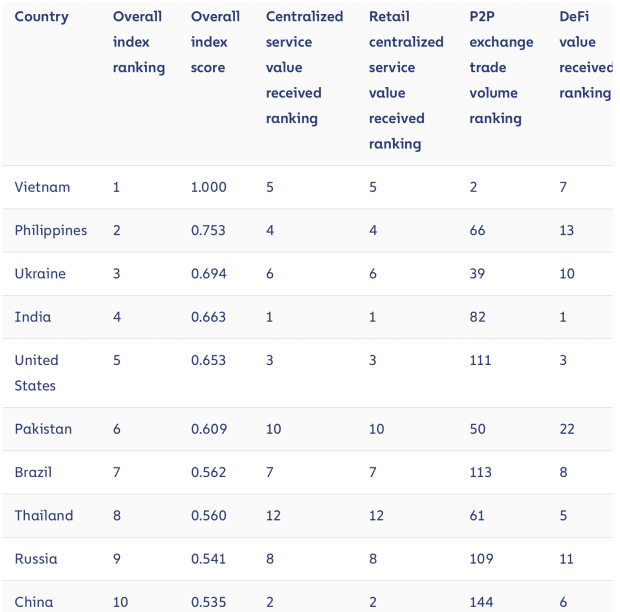Bitcoin’s Freedom Convoy Threat Vector
Well-intentioned actions need to be planned meticulously when concerning the security of Bitcoin at the scrutiny of the State.
The Freedom Convoy bitcoin fundraiser received a lot of positive attention, gathering almost 1 million CAD in bitcoin donations. After all, what better tool could there be to circumvent the censorship of payments while protesting a government than a censorship-resistant currency free of state control? But the tactics used to distribute funds may tell a different story.
When a Canadian judge froze millions of dollars in GoFundMe donations to the Canadian trucker protests in the end of January, Bitcoiners were quick to set up a donation campaign of their own via the bitcoin crowdfunding platform Tallycoin. As the campaign gained traction, numerous prominent Bitcoiners voiced their support, while some even consulted organizers on aspects related tos distribution, taxation, and possible legal threats.
This all changed with the enactment of the Emergencies Act in response to the blockade on February 14 2022, in which Deputy Prime Minister Chrystia Freeland specified the broadening of Canada’s anti-money laundering and terrorism financing rules to cover crowdfunding platforms and all forms of transactions including cryptocurrencies, with the goal of strengthening law enforcement’s abilities to impose fines and imprisonments and prohibiting the use of property to fund or support illegal blockades. On the same day, self-proclaimed security expert JW Weatherman called for the immediate distribution of funds, vowing to take legal action against prominent supporters if donations were not distributed before the protest disbursed. Naturally, many prominent supporters went AWOL in fear of legal threats, with some even going as far as deactivating their Twitter accounts.
Link to Tweet.
Not long after, discussions started to form around the smartest process to distribute funds to protesters, with many calling for accountability to prove that the funds had actually reached the protesters they were meant to support. A user called Nick, who goes by NobodyCaribou who has been highly active in the Freedom Convoy bitcoin campaign, consulted with JW Weatherman. Their goal: set up a plan to distribute funds to truckers, while maintaining full transparency over where the funds had gone.
While gathering ideas for disbursement in a public Google doc, concerns mounted. Not only were people encouraged to openly commit a crime in a public document, but they were proposing tactics which would pose serious risks for the seizability of funds. One such tactic is the video documentation of the handing over of envelopes containing bitcoin private keys to truckers, allowing recipients to be identified with the use of facial recognition software.
As the funds were distributed, videos of recipients and the handing over of bitcoin donations began circulating the web. The problem: bitcoin is censorship resistant, not censorship immune. Doxxing recipients on the world wide web can lead to the seizure of bitcoin once individuals have been identified. This is where the positive narrative for nation-states comes in — seizing a money deemed to be unseizable, scaring those who may think of using bitcoin for donations against government oppression in the future. While it’s obvious to most that possible seizures would not be a result of a failure of bitcoin’s censorship resistance but of how the disbursement of donations took place, a possible seizure of funds would give governments and media outlets grounds to claim FUD about the failure of Bitcoin’s censorship resistance itself.
The spread of fear, uncertainty and doubt (FUD) has been a prominent tactic to alter public perception for decades, often seen as an extension of the concept of propaganda. By creating FUD, actors spread wrongful information through third-party contenders, creating no directly obvious connection between the actual initiators of a misinformation campaign and the misinformation spreading. The goal is to create lasting irritation amongst the public, as wrongful information causes fear and uncertainty even after being identified as such. While the fundraiser was arguably launched with good intentions to support those executing their right to protest against government mandated vaccinations, it is unclear why NobodyCaribou and JW Weatherman proceeded with their distribution plan even after concerns piled on.
What’s clear is that with the identification of recipients and the consequential possibility of seizure of funds, the narrative of Bitcoin’s failed censorship resistance has been handed to governments and media on a silver platter, and that such a narrative can have long-lasting discouraging effects for all those in desperate need of a money to bypass oppressive state regulations. What is also clear is that all those who have aided the donation campaign can be prosecuted for terrorist financing under Canadian criminal code part 2.1 since the invoking of the Emergencies Act, which states that “Every person is guilty of an indictable offence and liable to imprisonment for a term of not more than 10 years who, directly or indirectly, wilfully and without lawful justification or excuse, provides or collects property intending that it be used or knowing that it will be used, in whole or in part, in order to carry out (a) an act or omission that constitutes an offence referred to in subparagraphs (a)(i) to (ix) of the definition of terrorist activity in subsection 83.01(1).”
For now we can only hope that all those affected by the donation campaign will remain safe, and that not all bitcoin donated will fall into government custody.
This is a guest post by L0la L33tz. Opinions expressed are entirely their own and do not necessarily reflect those of BTC Inc or Bitcoin Magazine.









